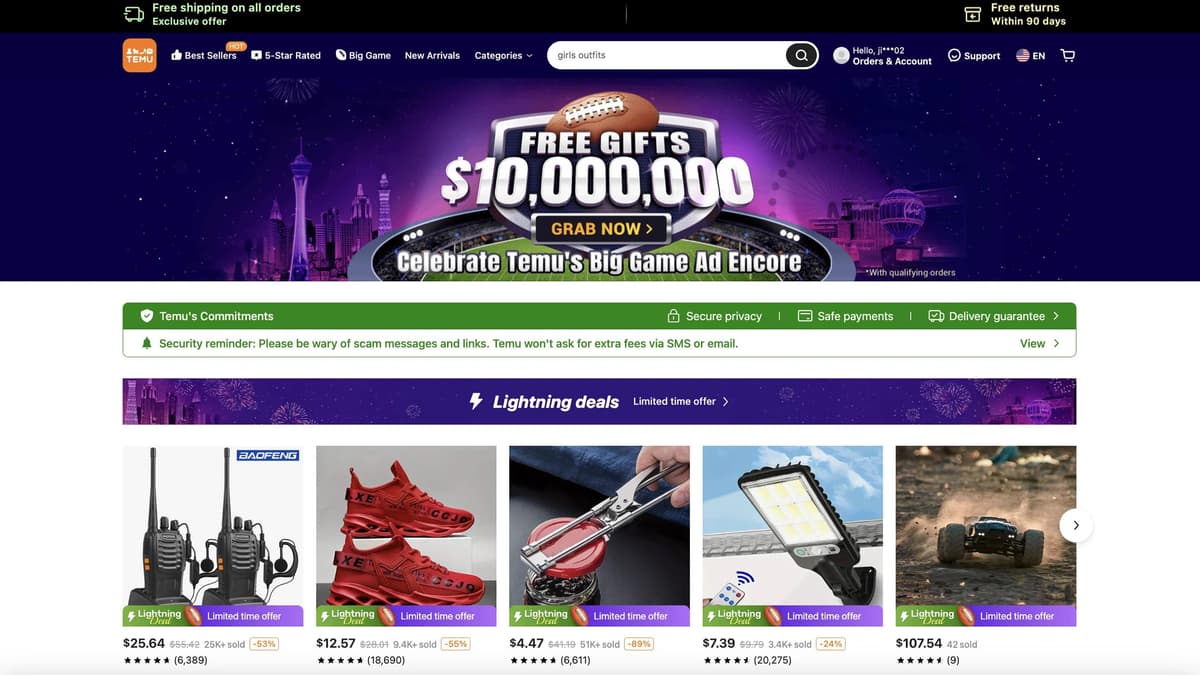What Does Marketing Mix Really Mean?
Have you ever wondered how businesses come up with strategies to sell their products or services effectively? One key concept that plays a vital role in this process is the marketing mix. You might have heard this term thrown around in conversations about business and advertising, but do you really know what it means? Let's break it down in simple terms.
Marketing mix is a crucial element of any marketing plan. It consists of the set of actions or tactics that a company uses to promote its brand, product, or service to its target market. Essentially, it involves all the factors that a business can control to influence consumers to buy its offerings.
The Four Ps of Marketing Mix
The traditional marketing mix model is commonly referred to as the four Ps: Product, Price, Place, and Promotion. Let's dissect each of these components:
Product
First and foremost, product refers to what a company offers to satisfy consumers' needs or wants. It includes the physical product or service, as well as any associated features, designs, branding, warranties, packaging, and more. The product is the core offering around which the entire marketing mix strategy revolves.
Price
Price is the amount of money that customers are willing to pay for a product or service. Setting the right price is crucial because it directly impacts sales and revenue. Companies need to consider factors such as production costs, competition, market demand, and perceived value when determining the pricing strategy for their offerings.
Place
Place, also known as distribution, refers to how and where customers can access a company's products or services. This aspect of the marketing mix deals with channels of distribution, logistics, inventory management, and retail locations. It's all about ensuring that the right products are available at the right place and time to meet customer demands effectively.
Promotion
Promotion encompasses all the activities that companies undertake to communicate with customers and persuade them to purchase their products or services. This includes advertising, public relations, sales promotions, personal selling, and digital marketing efforts. Effective promotion strategies help raise awareness, generate interest, and ultimately drive conversions.
The Importance of Balancing the Four Ps
For a company to succeed in the competitive marketplace, it is essential to find the right balance among the four Ps of the marketing mix. Each element influences and is influenced by the others, creating a cohesive strategy that aligns with the business goals and resonates with the target audience.
For instance, a company that offers high-end luxury products would likely focus on creating a premium brand image (Product), setting a higher price point to reflect exclusivity (Price), selecting upscale retail locations to cater to affluent customers (Place), and engaging in sophisticated advertising campaigns to reinforce the brand's prestige (Promotion).
On the other hand, a budget-friendly mass-market brand would prioritize delivering cost-effective products with good value for money (Product), implementing competitive pricing to attract price-sensitive consumers (Price), leveraging extensive distribution networks to reach a wide audience (Place), and running promotions that highlight affordability and accessibility (Promotion).
Evolving Trends in the Marketing Mix
While the traditional four Ps framework remains relevant, the concept of marketing mix has evolved over time to encompass additional elements, especially in the digital age. Concepts such as People, Process, and Physical Evidence have been introduced to address customer experience, service delivery, and brand perception more comprehensively.
Moreover, with the rise of e-commerce, social media, and data analytics, companies now have more tools and channels at their disposal to engage with customers, personalize messaging, and measure the effectiveness of their marketing efforts. Understanding how to integrate these new technologies and trends into the marketing mix is key to staying competitive in today's fast-paced business landscape.
The marketing mix is a fundamental framework that helps businesses plan and execute their marketing strategies effectively. By considering the four Ps – Product, Price, Place, and Promotion – and adapting to changing market dynamics, companies can create compelling value propositions, build strong brand identities, and drive customer engagement and loyalty. Next time you encounter the term "marketing mix," remember that it's all about finding the right blend of ingredients to make your brand stand out in the marketplace.












